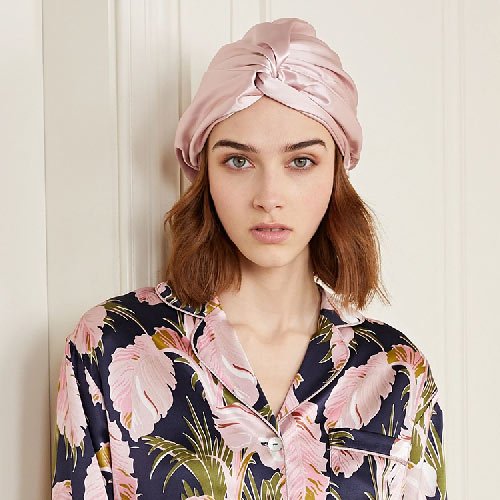When it comes to maintaining healthy and beautiful hair, many factors come into play, including the products we use, our diet, and even the way we sleep. One aspect that often gets overlooked is the type of pillowcase we rest our heads on. Traditional cotton pillowcases can create friction and absorb moisture from our hair, leading to frizz, breakage, and even hair loss. As a result, many people have turned to alternative options like silk and satin pillowcases, which are believed to be gentler on the hair. But which one is better? Let’s explore the differences between silk and satin pillowcases and their impact on hair health.
Silk pillowcases have been cherished for centuries due to their luxurious feel and various benefits for the hair and skin. Silk is a natural fiber derived from silkworms and is known for its smooth texture. The smoothness of silk helps reduce friction, which can prevent hair strands from rubbing against the pillowcase and tangling. This can be particularly beneficial for individuals with curly or easily tangled hair. Moreover, silk pillowcases retain moisture better than cotton, helping to keep the hair hydrated and reducing the risk of dryness and damage.
On the other hand, satin pillowcases are not made from natural fibers like silk but are typically created using synthetic materials like polyester or nylon. Satin refers to the weaving technique used to produce a smooth and shiny fabric. Satin pillowcases mimic the smoothness of silk and offer similar benefits when it comes to reducing friction and minimizing hair damage. However, satin may not provide the same level of moisture retention as silk, which could be a crucial factor for individuals with dry or brittle hair.
Both silk and satin pillowcases offer advantages over traditional cotton pillowcases, but there are a few distinctions worth considering. Silk is a more breathable fabric compared to satin, allowing for better air circulation around the head and scalp. This can be beneficial for those who tend to sweat during sleep or have oily scalps, as it helps regulate temperature and reduce the risk of clogged pores. Satin, on the other hand, is generally more affordable and easier to find than silk, making it a more accessible option for those on a budget.
Ultimately, the choice between silk and satin pillowcases boils down to personal preference and hair type. If you have dry or frizz-prone hair, silk pillowcases may be the better option due to their superior moisture retention properties. Additionally, if you have sensitive skin or are prone to allergies, silk is a hypoallergenic fabric that may be gentler on your skin. However, if you have oily hair or are looking for a more cost-effective alternative, satin pillowcases can still provide benefits in terms of reducing friction and minimizing hair damage.
In conclusion, both silk and satin pillowcases offer advantages for hair health when compared to traditional cotton pillowcases. Silk excels in moisture retention and breathability, while satin provides a similar smoothness at a more affordable price point. Whichever option you choose, investing in a silk or satin pillowcase can contribute to healthier, more manageable hair by reducing friction and preserving moisture while you sleep.

